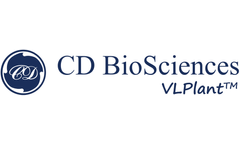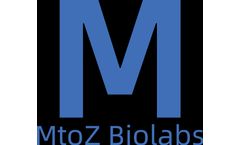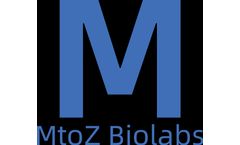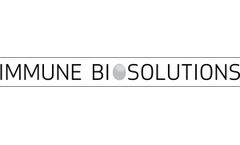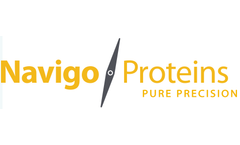Polyclonal Antibodies Articles & Analysis: Older
11 articles found
It is widely used in the separation of monoclonal antibodies and polyclonal antibodies, the separation of fusion proteins, the separation of enzymes, and the separation of DNA binding proteins. ...
CD BioSciences, a biotech company specializing in centrosomal study, has recently launched new services for anti-centrosome antibody development. The services help identify and track centrosomes in experiments, demonstrating the strength of anti-centrosome antibodies as a great tool for centrosome research. ...
But we've never had a set "plan" to find the most suitable antibody. In this issue, the editor shares a 10-step "plan" for antibody selection.Determine the Name of the Target ProteinFirst, you need to be clear about what protein you need to detect in order to select the corresponding antibody. ...
This method reduces the need for extensive experimental testing and simplifies the discovery process.3. Polyclonal TechnologyThe use of REpAb polyclonal antibody sequencing provides a new avenue for antibody discovery, accelerating the discovery process. ...
Polyclonal antibodies are more suitable Polyclonal antibodies are heterogeneous and can recognize multiple epitopes, so they are less affected by changes in protein conformation. Generally speaking, polyclonal antibodies are more stable than monoclonal antibodies within a certain ...
It is widely used in the separation of monoclonal antibodies and polyclonal antibodies, the separation of fusion proteins, the separation of enzymes, and the separation of DNA binding proteins. ...
For example, an immunoassay that can detect a variety of protein impurities. The polyclonal antibody (pAb) used in the test is produced by immunizing a production cell preparation (minus the product-encoding gene, fusion partner, or other suitable cell lines). ...
Utilizing the important role of yeast in genetic research, the research of biotinylated recombinant protein antibody in vivo can be realized. What are recombinant antibodies? Traditional polyclonal and monoclonal antibodies are the product of normal B cell development and genetic recombination and are produced by immunizing ...
The discovery of antibody drugs is a rapidly developing field, and antibody modeling services offer reliable and efficient tools for their discovery and design. By predicting the interactions between antibody drugs and molecular targets, antibody modeling services can enhance the affinity and specificity of ...
Why target GPCRs with antibodies? The G Protein-coupled receptor (GPCR) superfamily represents the largest and single most important family of human drug targets. GPCRs play a central role in a plethora of biological processes and are linked to a wide range of therapeutic areas including cancer, diabetes, inflammation, cardiovascular diseases, and chronic pain. Expressed in every type of cell in ...
The basis for affinity resin development at Navigo Proteins is the Precision Capturing® technology starting with ligand discovery using artificial Protein A as the underlying scaffold for antibody and non-antibody purification. Rapid ligand discovery in 6-8 weeks based on high quality scaffold protein libraries For high-performance resin development, ...


